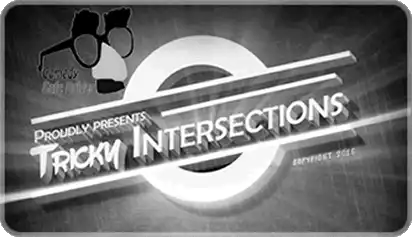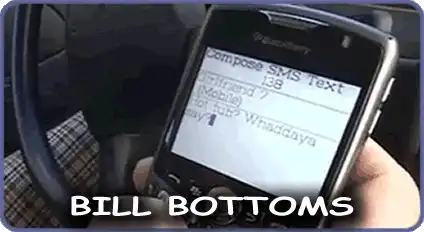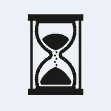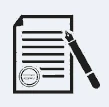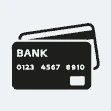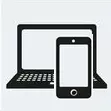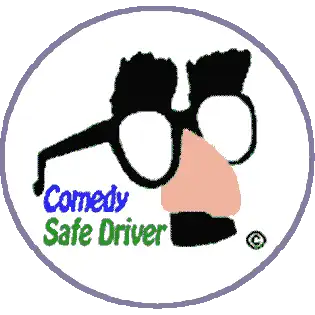 Pass Defensive Driving Class - Comedy Safe Driver
Pass Defensive Driving Class - Comedy Safe Driver
Are you looking for an engaging and enjoyable way to enhance your driving skills? Pass Class Comedy is here for you. We believe that learning doesn't have to be dull. With our course, you'll learn the principles of defensive driving while having a good laugh.
Looking for an Easy to Pass Comedy Class?
Pass our course fast and easy. Comedy isn't just any defensive driving course. We've combined learning with entertainment, delivering crucial driving lessons through humor. It's easier to remember things that make you laugh, right?
Pass - Understanding Multi-Lane Highways - Class Comedy
Understanding how to navigate a multi-lane highway with finesse is an art form in itself, requiring awareness of traffic flow, road signs, lane designations, and your vehicle’s position relative to others. Introducing humor and comedy can make this learning process enjoyable, providing levity while delivering important information. Here's how one might approach this topic in a "Pass Class Comedy" style.
The Basic Rules:
"Here's something you may not know. Highways are like nightclubs. There are VIP lanes, the general crowd lanes, the wallflower lanes, and the 'I'm-just-here-for-a-good-time' lanes. Just like in a club, you don't want to be the guy breaking rules and causing chaos. So, let's get our 'dance' right, shall we?"
The Rightmost Lane:
"The rightmost lane, or as I like to call it, the 'safety dance' lane. This is for those who are just cruising along at the speed limit or slightly under. Not in a hurry, not causing trouble, just enjoying the drive. This is also your default lane for entering and exiting the highway, so always remember to do the 'safety dance' when you're getting on or off the highway."
Middle Lanes:
"The middle lanes are the dance floor, where you can speed up a bit, pass slower cars on the right, but still have room to move over for faster cars coming from behind. This is the 'bust-a-move' lane, where the rhythm picks up a little."
The Leftmost Lane:
"And then there's the leftmost lane, also known as the 'solo performance' lane. This is for the fastest drivers and is commonly known as the passing lane. You're only supposed to be here if you're overtaking others. It's like the stage in a club - you don't get up there unless you've got moves to show off. And just like that stage, don't overstay your welcome. Move back to the middle lanes after you've done your thing."
Overtaking:
"Remember, overtaking is like telling a joke. Timing is everything. Make sure there's enough space for you to enter and exit the passing lane. Don't be the joke who cuts people off. That's not funny and could cause an accident."
Signals:
"Using your turn signals is like using your punchlines. You have to give them at the right time, or the joke's on you. Signals let other drivers know your intentions. Use them before changing lanes or exiting."
Speed Limit:
"And just like there's a limit to how many drinks you can handle at the club, there's a speed limit on the highway. Don't drink and drive, and don't speed. They both can lead to bad endings."
Through this humorous analogy, we can understand multi-lane highways while having a few laughs. Comedy is an effective tool to remember important rules and procedures while keeping the mood light and engaging.
Kinds of Lines and Their Meaning
The kinds of lines and their colors are part of an essential language of road communication. Let's go a bit deeper with each one:
Yellow Lines:
Yellow lines are like the referees in a soccer match, keeping opposing teams (or traffic in this case) apart. They run down the middle of a two-way street and demarcate traffic moving in opposite directions.
-
Solid Yellow Lines: A solid yellow line means "No passing." If there's a solid yellow line on your side of the road, it's not safe to pass, so you must stay on your side. It's like a strict school teacher, she won't let you pass unless you've done your homework (i.e., there's no oncoming traffic).
-
Dashed Yellow Lines: A dashed yellow line is the more relaxed substitute teacher. It indicates that passing is allowed when it's safe. If the line is dashed on your side, you can cross the line to pass another vehicle, provided there's no oncoming traffic. It's a bit like sneaking a cookie from the jar when mom isn't looking - permissible, but only under safe circumstances.
White Lines:
White lines are like the helpful assistant at a grocery store, directing you down the right aisle. They separate lanes of traffic moving in the same direction.
-
Solid White Lines: A solid white line means "Stay in your lane." Changing lanes is not allowed when there's a solid white line between lanes. These lines are typically used to separate lanes where traffic is moving in the same direction but at different speeds, or where changing lanes would be particularly dangerous, such as in construction zones or near highway exits and entrances.
-
Dashed White Lines: A dashed white line gives you more freedom. It separates lanes in which traffic is moving in the same direction, and you may change lanes when it's safe to do so. It's like a casual dress code - you're free to express yourself as long as you don't interfere with someone else's space.
Double Lines:
Double lines, whether yellow or white, signify that traffic on each side is following different rules. If the line on your side is solid, you should follow the rules for solid lines. If the line on your side is dashed, you should follow the rules for dashed lines.
This system of road markings is designed to enhance safety and efficiency on the road. Understanding the meaning behind these lines can help prevent accidents and keep traffic flowing smoothly.
Signaling and Alerting Other Drivers
Signaling and alerting other drivers is key to maintaining safety on the road. Here's a bit more detail about how and why it's important:
Signaling Your Intentions:
The primary purpose of signaling is to communicate your intentions to other drivers. This allows them to anticipate your actions and react appropriately, which minimizes surprises and reduces the likelihood of accidents.
-
Changing Lanes: When you're about to change lanes on a highway, you should always use your vehicle's turn signals to indicate your intentions well in advance. This gives drivers in other lanes enough time to adjust their speed or position if necessary.
-
Passing: When overtaking another vehicle, signaling is equally important. Before you start to pass, turn on your left signal to let drivers ahead and behind you know that you plan to move to the left. Once you've passed, use your right signal to show you're moving back into the right lane.
-
Exiting: When exiting the highway, your signal alerts other drivers that you're about to slow down and leave the highway. Again, it's important to signal your intentions well in advance, so drivers behind you can adjust their speed safely.
Alerting Other Drivers:
Apart from signaling, there are other ways to alert other drivers on a multi-lane highway:
-
Brake Lights: Your vehicle's brake lights alert drivers behind you that you're slowing down or stopping. Make sure your brake lights are working properly, as sudden stops without warning can lead to rear-end collisions.
-
Hazard Lights: Use these when your vehicle is stopped on or near the road due to an emergency or a breakdown. They alert other drivers to be cautious when approaching your vehicle.
-
Horn: The horn is another tool for alerting other drivers or pedestrians, but it should be used sparingly and only in situations where a warning is necessary to avoid an accident.
Remember, though signaling is a basic driving task, it plays a significant role in road safety. It's not only a legal requirement, but also a courtesy to other drivers. Consistently using signals can help maintain a predictable flow of traffic and contribute to a safer driving environment.
Choosing the Proper Lane for Your Speed
Choosing the right lane also depends on the road conditions, your destination, and how many lanes are on the highway. If you plan to exit soon or if there's heavy traffic, the right lane may be the best option. If you're traveling a long distance with fewer stops, the middle or left lane might be better. Always remember to read the road signs as some highways might have designated lanes for specific purposes.
While these are general rules, it's important to note that laws and customs can vary depending on where you're driving. Always follow local laws, and when in doubt, use common sense and prioritize safety over speed.
Experience the Difference with Pass Class Comedy
Don't settle for a mundane, boring class that will have you clock-watching. Join Pass Class Comedy, where learning meets fun. Sign up today and experience the difference.

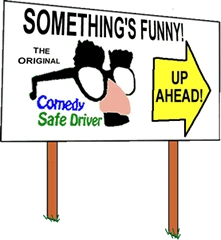

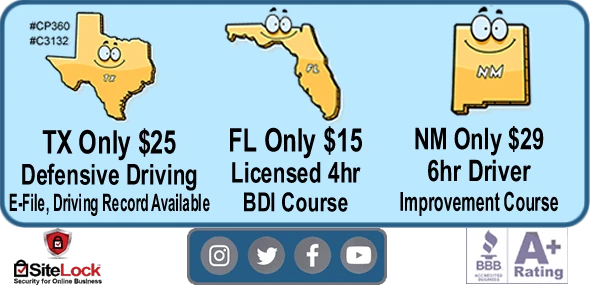
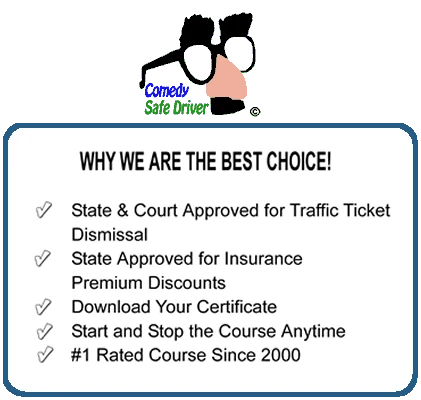
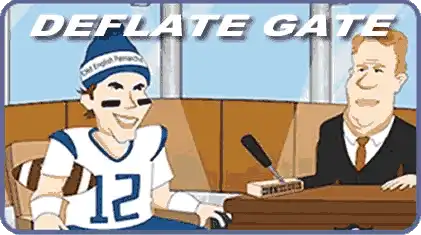
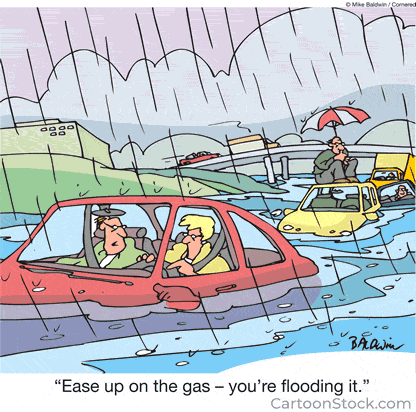
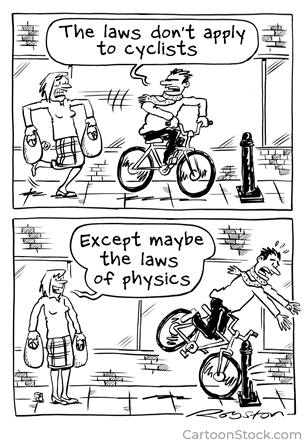 Pass Defensive Driving Class - Comedy Safe Driver
Pass Defensive Driving Class - Comedy Safe Driver